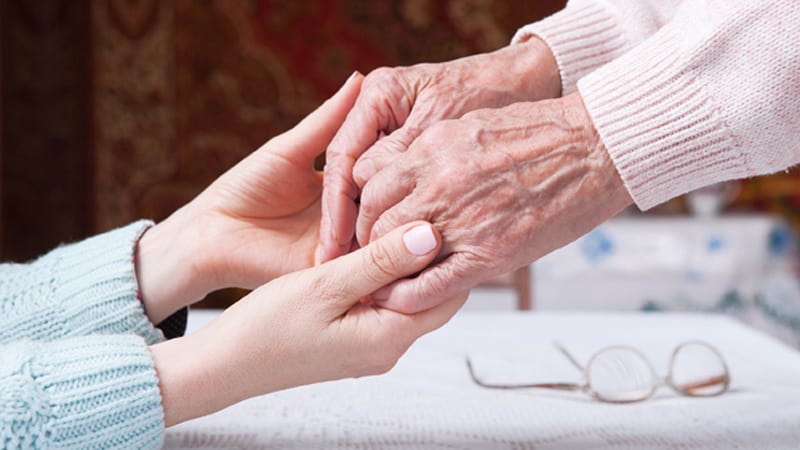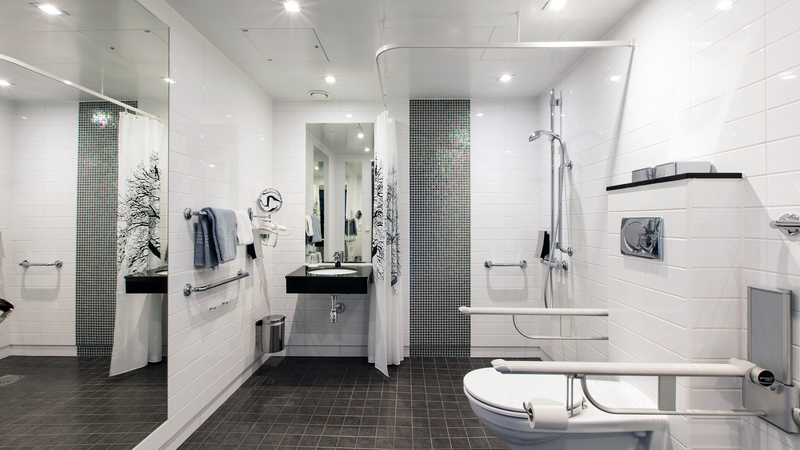Aging Parents in Your Home, Part 1
Plans and Considerations in incorporating an older adult into your household

Boomer reader Darlene Edwards addresses the challenges of moving aging parents into your home. She shares her story, when she and her husband brought Darlene’s mom to live with them. “I find that people are coming from so many vantage points on this topic,” she told Boomer, “and I do want to help with the experience my husband and I have.”
Our caregiving journey for an older adult began some 30 years ago. My father died unexpectedly, and my mother was thrust into a dynamic situation of caring for a house, cars, and a yard, which quickly became overwhelming. In addition to our own home, my husband and I took over many of these tasks for a considerable period. Mom was very lonely living in her home by herself. Shortly after my father’s death, my husband and I were planning to build a house for our immediate family. After much discussion, we developed an extension to the blueprint of our house and opted – together – to bring mom into our home.
Planning was integral to making it all come together. There were multiple discussions with all affected family members for incorporating space considerations into the home, meals, financial responsibilities, privacy, and many other aspects. Over the decades that followed, we definitely created a successful living environment that worked for everyone; however, needless to say, it was not without occasional challenges. Over the years, my husband and I had several families come to visit us and discuss their plans and seek advice for incorporating an older adult into their family. There were many questions, people wanting to know how we were able to make it work so well. With our proven knowledge and experience of our living arrangement, I felt compelled to write this article with the hope that someone might find it useful, for those families considering this as an alternative.
Caring for and integrating older adults into growing families and their living environments can present challenges. More adult children are spending their time and resources not on just raising their young children but also on their parents, who may need both physical and financial support as they age. Many families are looking for ways of providing this care in the most effective setting. Often the solution is bringing the older adult into their home, which can create a multitude of family issues.
Literature on the topic of moving aging parents into your home
There are some articles available that provide helpful guidance on incorporating the older adult into the family, but not an abundance of research on this growing need in society. More research and helpful tools for adjusting to this new landscape in living is also needed. When we began our journey three decades ago, there was more information on how to support the older adult, but little to discuss how to maintain the family with this addition to the household.
Pro’s and con’s of multigenerational living from Seniors Guide
Cultural differences
Societies around the world differ on their thoughts of how to care for an older adult, whether they are included in the center of the family or allowed to live independently for as long as possible. Even in the United States, various communities may see the inclusion of an older adult in the family differently.
The adult child who is now most likely caring for their family may have responsibilities for relationship building and maintenance, children, household care, jobs, social responsibilities, and multiple other roles. Often, they may feel there is not enough time in the day to accomplish all of their tasks.
The adult child may have many different feelings surrounding the older adult. Strong feelings of love for a parent, or a sense of duty and responsibility, may be a part of their thought process. Concerns may develop over how to manage the family, their relationships, and the older adult. Guilt may set in as the adult child searches for how to balance these emotions.
Our family encountered many of these feelings, as we raised children, maintained the home, and assisted an older adult. Sometimes these many roles brought on frustrations as we worked to effectively manage everything. What helped us was keeping open lines of communication between our immediate family and my mom.
The older adult’s point of view
The older adult most likely has experienced loss, perhaps the death of a spouse, the end of a career, or declining health. Their traditional lifestyle, from eating and preparing meals, to when they have visitors, to household chores, may also be altered.
Friends, neighbors, and relatives that the older adult visited with prior to moving in with the adult child’s family, or even talking to friends on the phone, may be different. These connections may be limited or change entirely based on proximity or other conditions.
Should we live together?
Conversations with the spouse or partner should occur before arranging for the older adult to move in. Even if all the immediate family are not in the home where the older adult will be living, all family members need to be involved or communicated with prior to establishing the living arrangements. Introducing the older adult into the family does change the family dynamics for everyone.
When we began talking about adding my mother into our family, only my husband and I had the initial discussions. Our children were too young to provide input. However, I would suggest making a list of all the topics you can think about as a family and then discuss them together. Extended friends and family can also provide their input.
Next up, Part 2 of “Moving Aging Parents into Your Home” – Expectations
Darlene Edwards, RN, MS, has a background in health care and communications, working more than thirty years in a large teaching hospital. She enjoys working with older adults and families to help create a positive experience for the next chapter of life.
Multigenerational travel guidance:
Vacation time with the whole family
Skip-Gen travel from a professional travel writer’s perspective



